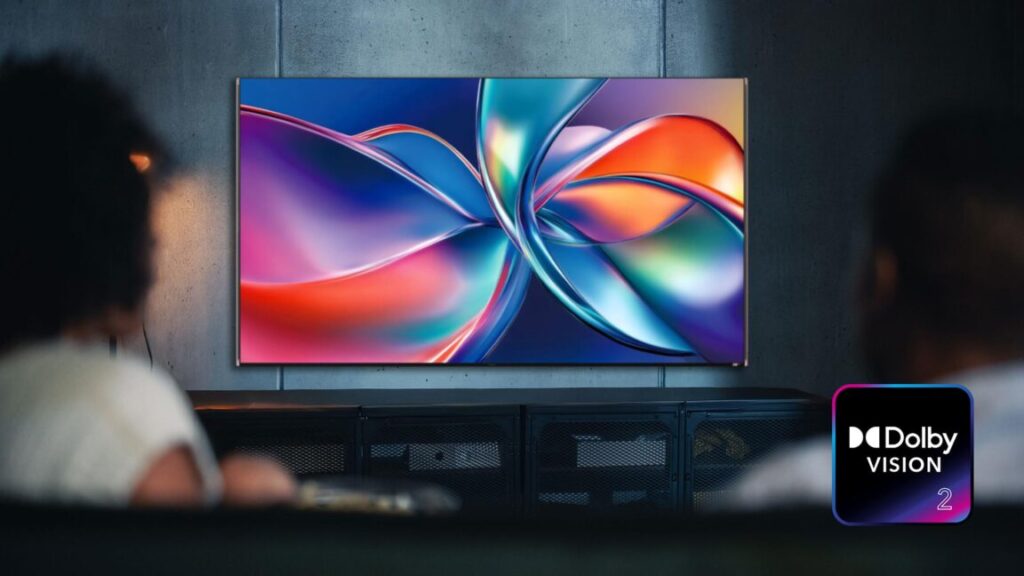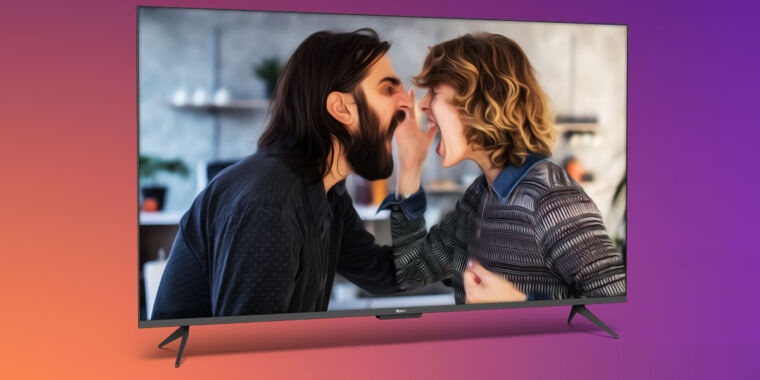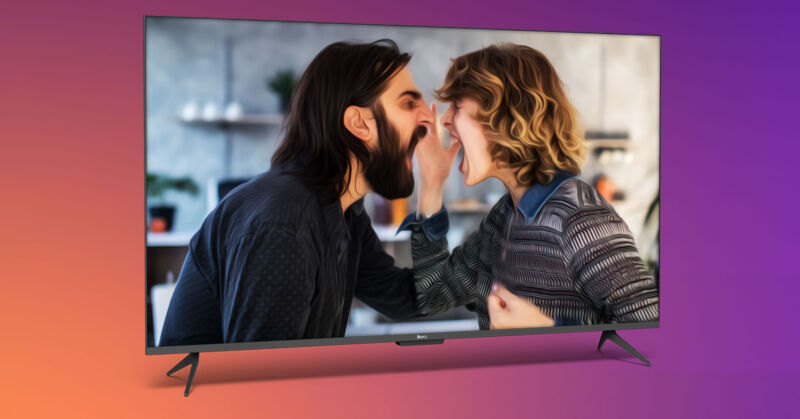The new Dolby Vision 2 HDR standard is probably going to be controversial
Dolby has announced the features of Dolby Vision 2, its successor to the popular Dolby Vision HDR format.
Whereas the original Dolby Vision was meant to give creators the ability to finely tune exactly how TVs present content in HDR, Dolby Vision 2 appears to significantly broaden that feature to include motion handling as well—and it also tries to bridge the gap between filmmaker intent and the on-the-ground reality of the individual viewing environments.
What does that mean, exactly? Well, Dolby says one of the pillars of Dolby Vision 2 will be “Content Intelligence,” which introduces new “AI capabilities” to the Dolby Vision spec. Among other things, that means using sensors in the TV to try to fix the oft-complained-about issue of shows being too dark.
Many editors and filmmakers tweak their video content to be best viewed in a dark room on a high-end TV with strong peak brightness, contrast, color accuracy, and so on. Unfortunately, that sometimes means that some shows are laughably dark on anything but the most optimal target setup—think Apple TV+’s Silo, or the infamous Battle of Winterfell in the final season of Game of Thrones, both of which many people complained were too dark for clear viewing.
With Content Intelligence, Dolby Vision 2 will allegedly make the image “crystal clear” by “improving clarity in any viewing environment without compromising intent.” Further, it will use ambient light detection sensors in supporting TVs to adjust the content’s presentation based on how bright the viewer’s room is.
Fixing motion smoothing—or making it worse?
There’s plenty that’s going to be controversial in Content Intelligence with some purists, but it’s another feature called Authentic Motion that’s probably going to cause the biggest stir for Dolby Vision 2.
The new Dolby Vision 2 HDR standard is probably going to be controversial Read More »


